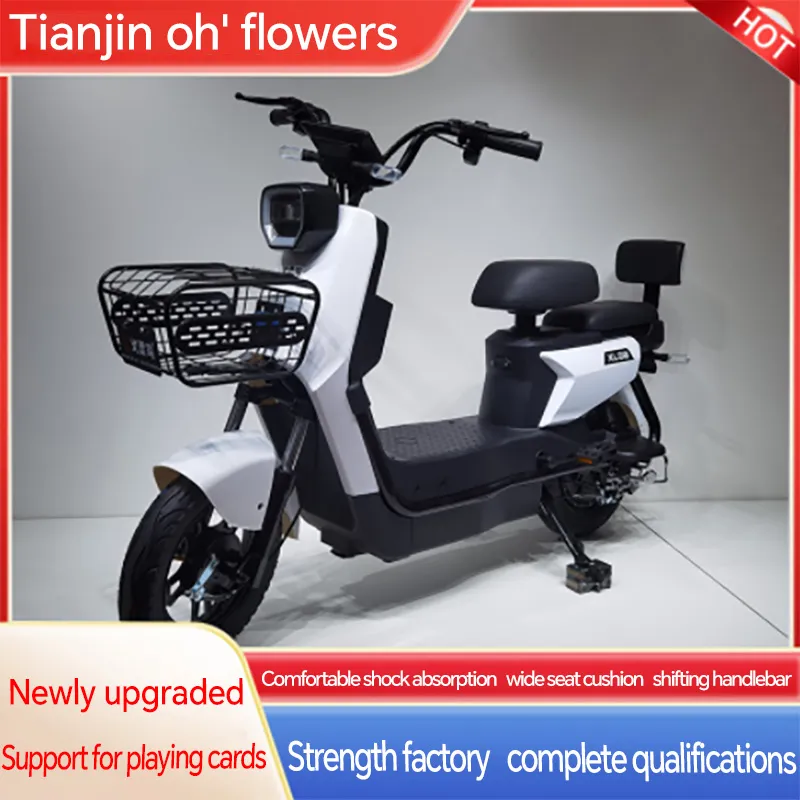
- Afrikaans
- Albanian
- Amharic
- Arabic
- Armenian
- Azerbaijani
- Basque
- Belarusian
- Bengali
- Bosnian
- Bulgarian
- Catalan
- Cebuano
- Corsican
- Croatian
- Czech
- Danish
- Dutch
- English
- Esperanto
- Estonian
- Finnish
- French
- Frisian
- Galician
- Georgian
- German
- Greek
- Gujarati
- Haitian Creole
- hausa
- hawaiian
- Hebrew
- Hindi
- Miao
- Hungarian
- Icelandic
- igbo
- Indonesian
- irish
- Italian
- Japanese
- Javanese
- Kannada
- kazakh
- Khmer
- Rwandese
- Korean
- Kurdish
- Kyrgyz
- Lao
- Latin
- Latvian
- Lithuanian
- Luxembourgish
- Macedonian
- Malgashi
- Malay
- Malayalam
- Maltese
- Maori
- Marathi
- Mongolian
- Myanmar
- Nepali
- Norwegian
- Norwegian
- Occitan
- Pashto
- Persian
- Polish
- Portuguese
- Punjabi
- Romanian
- Russian
- Samoan
- Scottish Gaelic
- Serbian
- Sesotho
- Shona
- Sindhi
- Sinhala
- Slovak
- Slovenian
- Somali
- Spanish
- Sundanese
- Swahili
- Swedish
- Tagalog
- Tajik
- Tamil
- Tatar
- Telugu
- Thai
- Turkish
- Turkmen
- Ukrainian
- Urdu
- Uighur
- Uzbek
- Vietnamese
- Welsh
- Bantu
- Yiddish
- Yoruba
- Zulu
Dec . 14, 2024 14:37 Back to list
Designing a Balanced Two-Wheel Vehicle for Enhanced Stability and Performance
The Fascinating World of Two-Wheel Balance Cars
In the ever-evolving landscape of personal transportation, two-wheel balance cars have emerged as a revolutionary invention that combines practicality with innovation. These vehicles, often referred to as self-balancing scooters or electric unicycles, have captivated the attention of both urban commuters and recreational enthusiasts alike. This article explores the functionality, advantages, and societal impact of two-wheel balance cars, shedding light on why they are reshaping how we think about mobility.
The Fascinating World of Two-Wheel Balance Cars
One of the most significant advantages of two-wheel balance cars is their compact size and lightweight nature. Urban living often poses challenges related to space, congestion, and pollution. Two-wheel balance cars offer a practical solution to these problems. They can navigate narrow lanes, easily park in tight spaces, and reduce the need for larger vehicles that contribute to carbon emissions. Moreover, many models are designed with portability in mind, allowing users to carry them on public transportation or store them conveniently in small apartments.
two wheel balance car

The environmental benefits of two-wheel balance cars cannot be overlooked. As cities become increasingly congested, relying on fossil fuel-powered vehicles results in high levels of air pollution and noise. Electric self-balancing vehicles, on the other hand, are powered by batteries and produce zero emissions during operation. As a result, they present a greener alternative for short-distance travel. Many urban planners advocate for the use of such eco-friendly transportation, emphasizing the need to reduce carbon footprints and promote healthier lifestyles.
Furthermore, two-wheel balance cars have gained popularity as leisure activities for people of all ages. Parks, boardwalks, and beachfronts have become playgrounds for riders showcasing their skills and demonstrating tricks. Community groups have formed around these vehicles, organizing events and competitions that not only highlight the fun aspect of riding but also foster social interaction among individuals who share a common interest. These gatherings have bridged generational gaps, as riders ranging from young teenagers to older adults find joy in riding together.
However, the rise of two-wheel balance cars is not without its challenges. Safety concerns persist, particularly regarding regulation and infrastructure. Accidents can occur if users do not adhere to proper riding practices or if there are insufficient bike lanes and designated paths in urban settings. Therefore, education and awareness campaigns are crucial in ensuring that riders understand safety protocols and respect their surroundings. Additionally, local governments must consider how best to integrate these vehicles into existing transportation networks, addressing issues related to public space and regulatory frameworks.
In conclusion, two-wheel balance cars represent a significant shift in personal transportation that addresses many modern-day challenges. Their innovative design, environmental advantages, and the joy they bring to individuals highlight their potential to revolutionize how we navigate urban spaces. As technology continues to evolve, it is essential for riders, manufacturers, and policymakers to work together to maximize the benefits while mitigating the risks associated with this fascinating mode of transportation. Embracing two-wheel balance cars could very well pave the way for a more sustainable, efficient, and enjoyable urban experience for generations to come.
-
The Ultimate Kids' Four-Wheeler Experience
NewsJul.09,2025
-
The Ultimate Guide to Mountain Bikes: Gear Up for Your Ride
NewsJul.09,2025
-
The New Age of Cycling: Electric Bikes for Every Rider
NewsJul.09,2025
-
The Best Kids Bicycles: Ride in Style and Safety
NewsJul.09,2025
-
The Best 3-Wheel Scooters for Kids: Fun, Safety, and Adventure
NewsJul.09,2025
-
Revolutionize Your Ride: Affordable Electric Bikes
NewsJul.09,2025
-
Finding the Perfect Mountain Bike for Every Rider
NewsJul.09,2025



